Writen by
Did retro cyberpunk influence modern hacking culture?
Article
Retro cyberpunk, with its neon-drenched aesthetics and dystopian narratives, has captivated audiences since its emergence in the 1980s. From classics like Neuromancer by William Gibson (he Also got a Twitter account @GreatDismal) to cinematic masterpieces such as Blade Runner, this genre defined a vision of the future that was simultaneously grim and technologically advanced. But beyond entertainment, cyberpunk's influence on modern hacking culture runs deeper than its visuals and storytelling.
I may just drop you this intersting youtube video (of @bolchegeek) about "Qui a tué le CYBERPUNK ?"
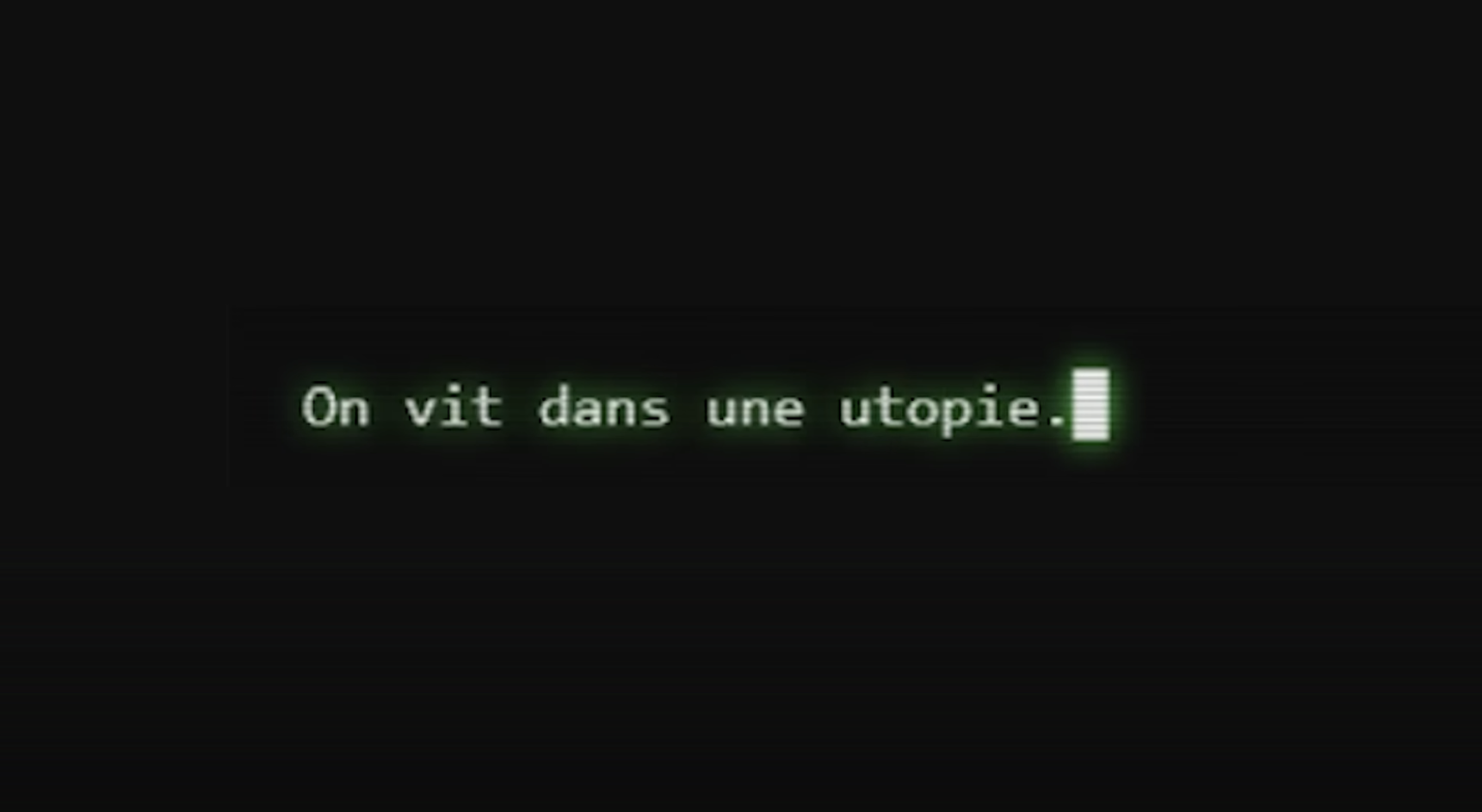
But wait, what is cyberpunk?
Cyberpunk is a subgenre of science fiction that explores the intersection of advanced technology and societal decay. The term is a fusion of “cybernetics” (the study of systems and technology) and “punk” (a countercultural movement emphasizing rebellion and individualism). Emerging in the 1980s, cyberpunk often portrays dystopian futures dominated by corporations, where technology has profoundly shaped human life, often at the expense of freedom and equality.
Key Themes of Cyberpunk:
- High Tech, Low Life: This mantra captures the essence of cyberpunk worlds, where cutting-edge technologies like artificial intelligence, cybernetics, and virtual reality coexist with urban decay, inequality, and crime.
- Hackers and Antiheroes: Protagonists in cyberpunk stories are often hackers, rebels, or outcasts who challenge corrupt systems. They navigate digital landscapes, known as cyberspace, to uncover truths or fight against oppression.
- Corporate Control: Governments are frequently depicted as weak or nonexistent, with megacorporations controlling economies, societies, and sometimes even individuals’ lives.
- Cybernetic Enhancements: Human augmentation through technology is a recurring motif, raising ethical questions about identity, humanity, and the costs of progress.
- Urban Dystopias: Cyberpunk settings are often sprawling, neon-lit megacities, teeming with life yet fraught with danger and poverty.
Other /Cyber/Punk Worlds
Cyberpunk has inspired other “punk” subgenres, each blending technology and society in unique ways. Some notable examples include: SteamPunk, which reimagines the Victorian era with advanced steam-powered technology; BioPunk, focusing on biotechnology and genetic engineering; and FrostPunk, exploring survival in frozen, post-apocalyptic landscapes.
Each “punk” subgenre reflects a distinct vision of how technology and culture intertwine, proving that the stories we tell about the future—or alternate pasts—can reveal much about our present. More about /Cyber/Punk here
The Aesthetic Connection
Modern hacking culture often adopts visual elements reminiscent of retro cyberpunk. From green text on black screens to glowing terminal setups, these design choices evoke nostalgia for the early days of computing. Images of hooded figures in dark rooms, surrounded by cascading code, are strikingly similar to cyberpunk's portrayal of the lone hacker fighting against oppressive systems. These aesthetic parallels aren't just for show; they symbolize a shared ethos of rebellion and ingenuity.
Let's try to ask to Midjourney what is for him the cyberpunk aesthetic. The simple prompt is: "cyberpunk aesthetic world"

And for: "cyberpunk room" ?
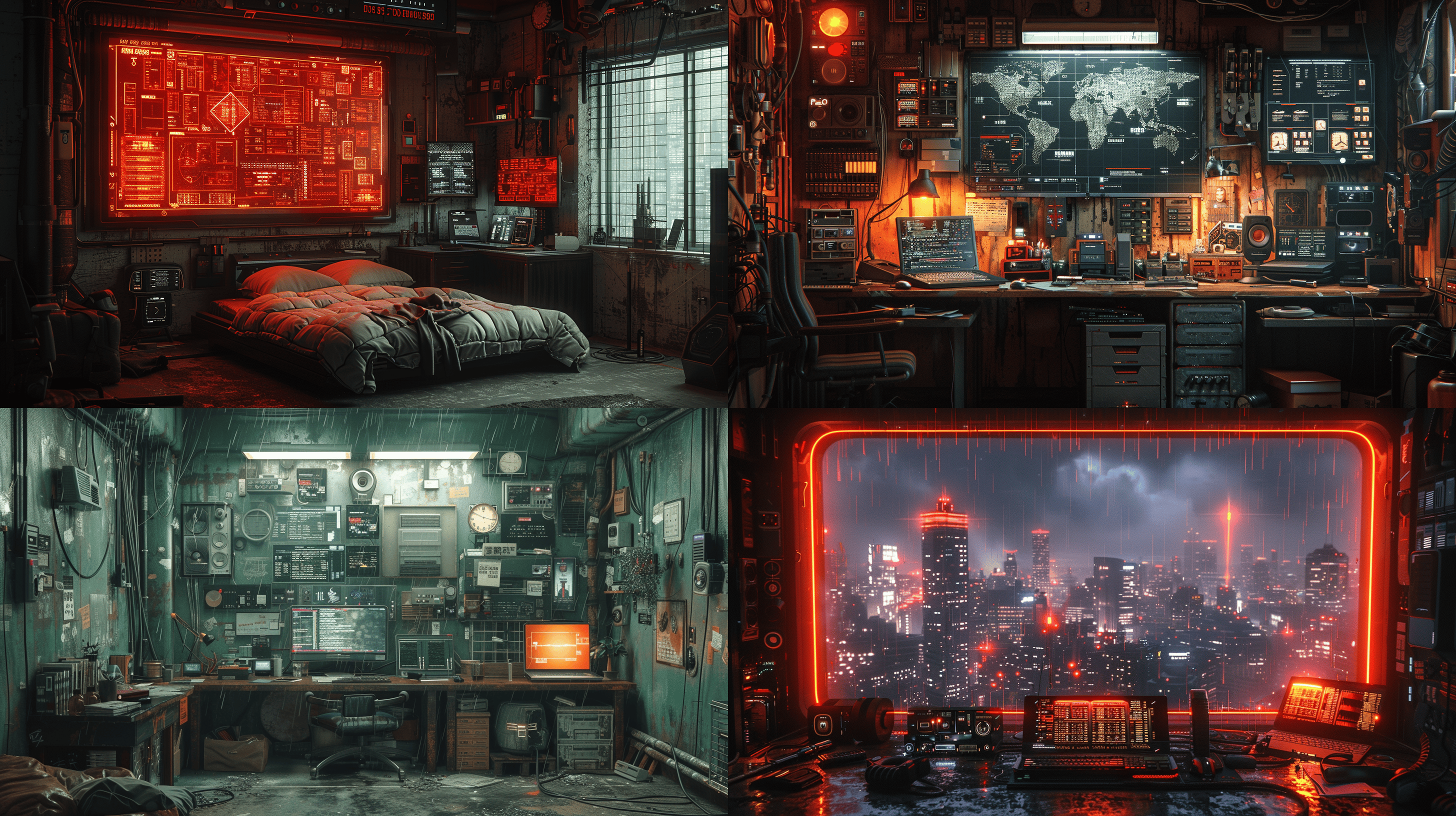
But aesthetics are just the surface of cyberpunk's impact on hacking culture. We can also explore more "general" themes like clothing.

I let you guess the source of the clothing on this image, but it's a good example of how cyberpunk fashion has influenced modern hacker attire. The leather jackets, mirrored sunglasses, and neon accents seen in cyberpunk films and novels have become staples of hacker culture. These styles not only pay homage to the genre's iconic looks but also serve as a form of self-expression and identity for those in the hacking community.
Cyberpunk’s Philosophical Foundations
The cyberpunk mantra of "high tech, low life" reflects a world where technology is both a tool of liberation and oppression. This duality resonates with many in the hacking community. Hackers, like cyberpunk protagonists, often see themselves as renegades navigating a world controlled by corporate giants and surveillance states. Modern hacktivist groups such as Anonymous echo themes of resistance seen in cyberpunk stories, using technology to expose corruption and challenge authority.
But we can say that world is continuously evolving, as part of what cyberpunk have predicted and what he have imagined. Our current world is a mix of new big tech companies, and a lot of new technologies that are changing the way we live (similary to what cyberpunk classifies as "corpo") but also a lot of new ways to fight against this new world. No flying cars, but a lot of new ways to communicate, to share, to learn, to create, to hack.
This is why, in 2024 Cyberpunk is not a future, but is a retro-futuristic vision of the past. And this is why we can say that cyberpunk is not dead, but is not really alive. A little bit similar to the schrödinger cat.
Tools and Terminology
Interestingly, the tools and terminology of modern hacking have roots in cyberpunk fiction. Terms like “cyberspace” and “deck” (as a reference to hacking equipment) were popularized by cyberpunk works. Though not always technically accurate, these terms shaped the cultural language of hacking, providing a vocabulary that blends fiction and reality.
Let's take a look at some of the most common "basic" tools and compare them to our current world.
| Cyberpunk Theme | Real-World Equivalent | Comment/Link |
|---|---|---|
| Cyberspace | The Internet, Virtual Reality (VR), and the Metaverse | Coined in Neuromancer, cyberspace envisioned a virtual world. Today, VR and platforms like Meta's Horizon echo this. |
| Decks (hacker tools) | Laptops, Smartphones, Raspberry Pi | Modern hackers use laptops or devices like the Raspberry Pi. Decks symbolized portable tech hubs. |
| Augmented Reality (AR) | AR Glasses (e.g., HoloLens, Magic Leap) | AR brings digital overlays into the physical world, akin to cyberpunk’s data-infused reality. |
| Cybernetic Enhancements | Prosthetics with Neural Interfaces, Brain-Computer Interfaces (e.g., Neuralink) | Cyberpunk imagined enhanced limbs and neural upgrades. Real-world prosthetics are rapidly advancing toward this vision. |
| Megacorporations | Tech Giants (e.g., Google, Amazon, Meta) | Today's corporations dominate technology and media in ways reminiscent of cyberpunk's corporate overlords. |
| AI and Autonomous Agents | AI Models (e.g., OpenAI’s ChatGPT, Tesla’s Autopilot) | Advanced AI matches cyberpunk predictions, though we're far from truly sentient machines. |
| Drones and Autonomous Tech | Military and Commercial Drones (e.g., DJI drones, military UAVs) | Cyberpunk depicted drones for surveillance and combat—common today in both civilian and military contexts. |
| Neural Implants | Experimental Devices (e.g., DARPA Brain-Machine Interface Projects) | While prototypes exist, the seamless neural implants of cyberpunk remain speculative. |
| Cryptocurrency | Bitcoin, Ethereum, and Blockchain | The decentralized, anonymous currencies of cyberpunk worlds find real-life counterparts in modern cryptocurrency. |
| Digital Black Markets | Darknet Markets (e.g., Silk Road, current Tor-based platforms) | Cyberpunk foresaw hidden, anonymous markets—now prevalent on the darknet. |
| Smart Cities | IoT (Internet of Things), Surveillance Cities (e.g., China’s Smart Surveillance Systems) | Cyberpunk's hyper-connected cities mirror smart cities today, often raising privacy concerns. |
| Biological Augmentation | CRISPR Gene Editing, Synthetic Biology | Genetic engineering is edging toward cyberpunk’s bio-modified humans but remains far less extreme or widespread. |
| Virtual Communities | Online Communities, MMORPGs, Reddit | The digital tribes and social spaces of cyberpunk are alive in MMORPGs and forums. |
| Hacking Networks | Anonymous, LulzSec, and Bug Bounty Programs | Hacktivism aligns directly with cyberpunk’s depiction of rebels using technology against oppressive systems. |
| Flying Cars | Experimental Prototypes (e.g., eVTOL aircraft like Joby Aviation, Airbus Vahana) | Flying cars remain experimental, with limited real-world application compared to their prevalence in cyberpunk. |
| Self-Sustaining Arcologies | Experimental Eco-Cities (e.g., Masdar City, The Line in Saudi Arabia) | Real-world attempts at massive self-contained cities resemble cyberpunk's visions of arcologies. |
| Cyberbrain Hacks | N/A (Speculative Technology) | Cyberpunk imagines direct brain hacks; while neural tech exists, true brain hacking remains fictional. |
| Digital Identity Alteration | Limited Applications (e.g., Deepfakes, Identity Theft) | Deepfakes and data theft hint at the identity manipulations of cyberpunk worlds. |
We can see that cyberpunk's influence on modern hacking culture (and more globaly on IT culture ) goes beyond aesthetics, shaping the tools, technologies, and language of the hacking community. The genre's vision of a world where technology is both liberating and oppressive continues to resonate with those who seek to understand, subvert, or exploit the systems that govern our digital lives.
The Dark Side: Cyberpunk’s Warning
While cyberpunk inspired many positive aspects of modern hacking culture, it also serves as a cautionary tale. The dystopias depicted in cyberpunk—where technology exacerbates inequality and diminishes personal freedoms—mirror real-world concerns about privacy, mass surveillance, and corporate overreach. Hackers today grapple with these issues, navigating the thin line between freedom and chaos.
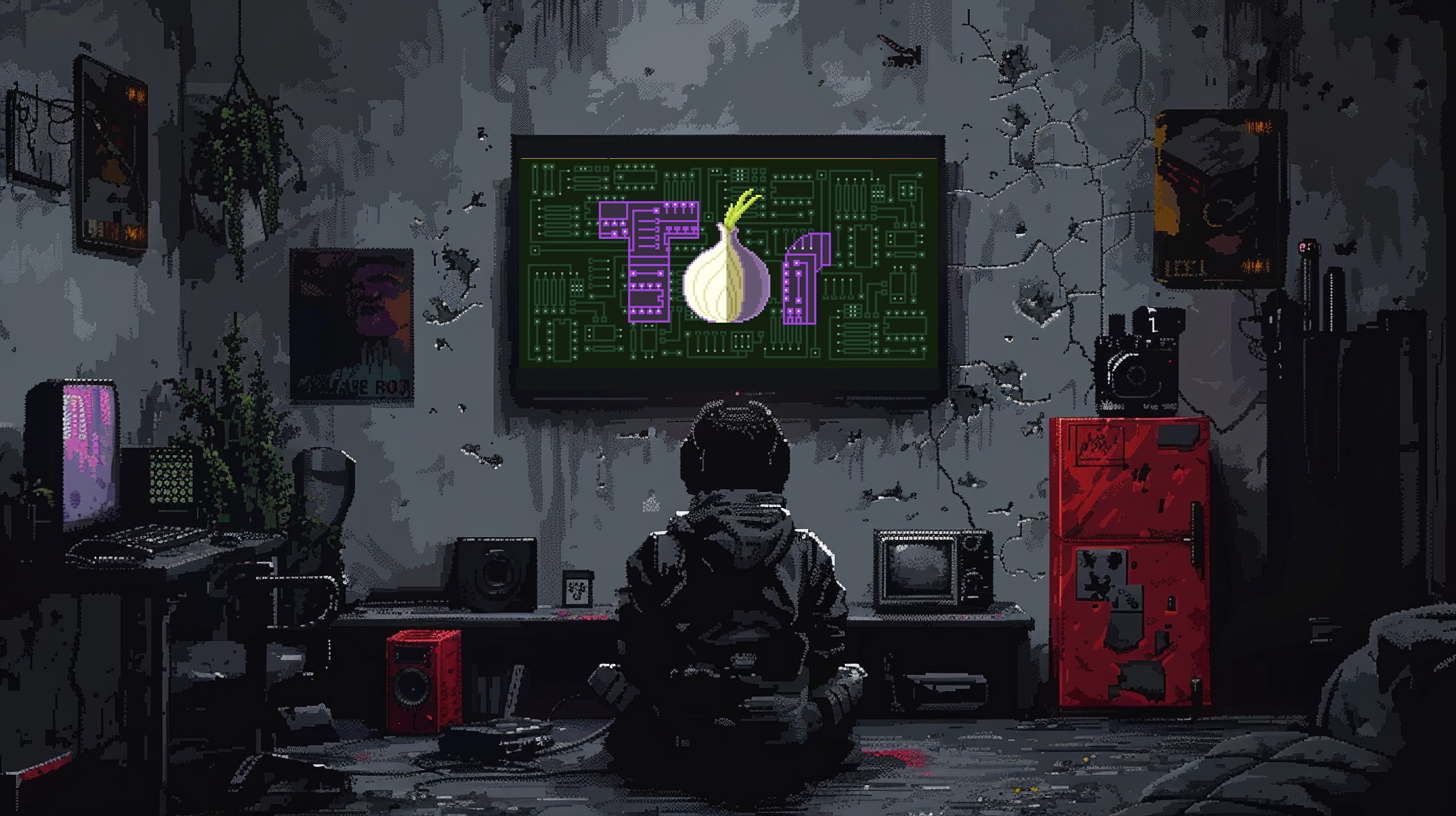
Current internet culture like the Tor Network is a good example of how cyberpunk's dark side has manifested in reality. The darknet, with its encrypted communications and hidden services, echoes the shadowy corners of cyberpunk's digital underworld. While these spaces offer anonymity and freedom from surveillance, they also harbor illicit activities and pose ethical dilemmas.
The question is: how can we learn from cyberpunk's warnings and build a more equitable, secure digital future? By understanding the genre's insights into technology, society, and power, we can navigate the complexities of our digital age with greater awareness and responsibility.
Cyberpunk VS Hacking: A Complex Relationship
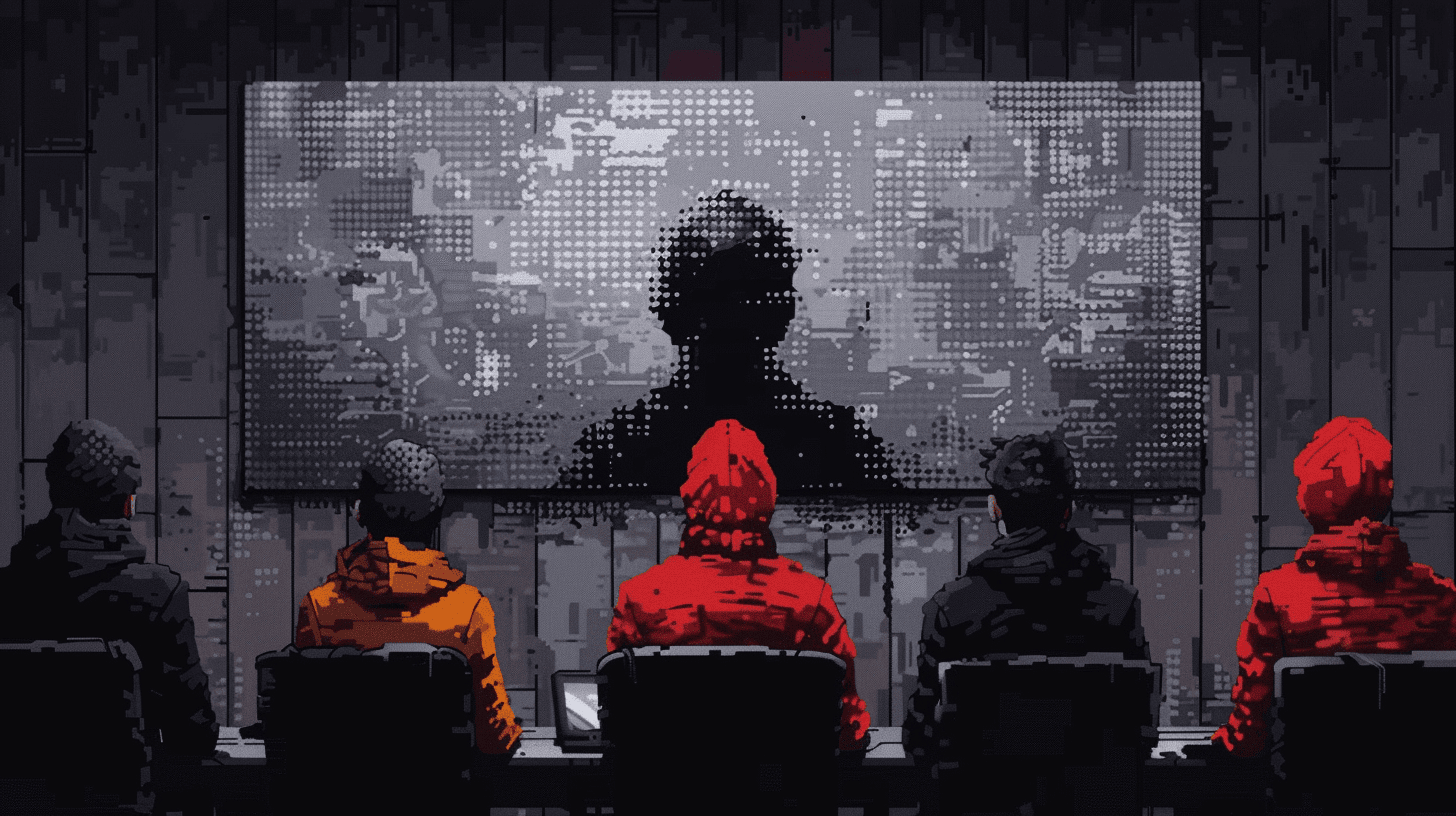
The relationship between cyberpunk and hacking culture is multifaceted, encompassing aesthetics, philosophy, and technology. While cyberpunk's influence on hacking is undeniable, it's essential to recognize that the genre is more than just a blueprint for rebellion. Cyberpunk's stories and themes offer a lens through which we can explore the ethical, social, and political implications of technology.
Resistance to Authority
Cyberpunk’s core themes often center on resistance to authority and systemic oppression, themes that deeply resonate within hacking culture. Groups like Anonymous exemplify this connection by using digital tools to challenge corporations and governments, echoing the ethos of cyberpunk heroes who fight against technocratic elites.
Ethical Gray Areas
Hacking, much like cyberpunk, operates in ethical gray areas. The portrayal of hackers in cyberpunk as both heroes and antiheroes mirrors the dual perception of hackers today—both as malicious threats (black hats) and as ethical protectors (white hats). For example, bug bounty programs channel the rebellious spirit of hacking into constructive outcomes, rewarding individuals for identifying vulnerabilities without exploitation.
Social Engineering and Manipulation
Social engineering, one of the most effective hacking techniques, finds a counterpart in cyberpunk narratives where characters exploit human weaknesses rather than purely technical flaws. For instance, in Neuromancer, Case’s crew relies on psychological manipulation to achieve their goals, a tactic mirrored in phishing attacks and pretexting.
Data as Power
In the cyberpunk world, data is the ultimate currency. This theme parallels the modern reality of data breaches and ransomware attacks, where sensitive information is stolen or encrypted to extract monetary or political concessions. Real-world incidents like the 2017 WannaCry ransomware attack highlight the increasing weaponization of data—a trend vividly imagined in works like Ghost in the Shell.
Exploiting IoT and AI
The cyberpunk fascination with connected devices and artificial intelligence reflects current vulnerabilities in the Internet of Things (IoT). Hackers targeting smart homes or industrial systems exemplify how cyberpunk’s dystopian vision of interconnectedness can manifest in real-world exploitation. Cyberpunk works like Altered Carbon showcase the dangers of hyper-connectivity, a lesson for today’s increasingly digital society.
Corporate Overreach
Cyberpunk often critiques the monopolistic tendencies of mega-corporations, a theme mirrored in debates about Big Tech today. Companies like Facebook (Meta) and Google wield immense power over data, raising ethical concerns about surveillance and manipulation. Hacking collectives targeting such corporations often frame their actions as a form of digital rebellion, akin to the protagonists’ struggles in cyberpunk tales.
Government Surveillance
The oppressive surveillance states depicted in works like George Orwell’s 1984 and extended in cyberpunk narratives find parallels in modern government programs like PRISM. Edward Snowden’s revelations about global surveillance align closely with cyberpunk’s warnings about the loss of privacy in a hyper-connected world.
The Future of Hacking through a Cyberpunk Lens
As emerging technologies like quantum computing and brain-machine interfaces evolve, the lines between cyberpunk fiction and reality continue to blur. The ethical dilemmas surrounding these advancements are ripe for exploration through both cyberpunk storytelling and hacking methodologies.
For instance, brain-machine interfaces, a staple of cyberpunk, could redefine hacking entirely, enabling direct attacks on human cognition. Similarly, quantum computing threatens to upend existing cryptographic systems, creating a new frontier for cybercriminals and ethical hackers alike.
Conclusion
Retro cyberpunk didn’t just predict the future—it shaped it. From aesthetics to philosophy, the genre’s impact on modern hacking culture is undeniable. While we may not be living in the neon-soaked worlds of Blade Runner or jacking into cyberspace as envisioned by Gibson, the spirit of cyberpunk lives on in every line of code written in defiance of a system.
What’s your take? Has cyberpunk influenced your approach to technology, or do you see it as merely an aesthetic? Let’s keep the conversation going—the future, after all, is still unwritten.

